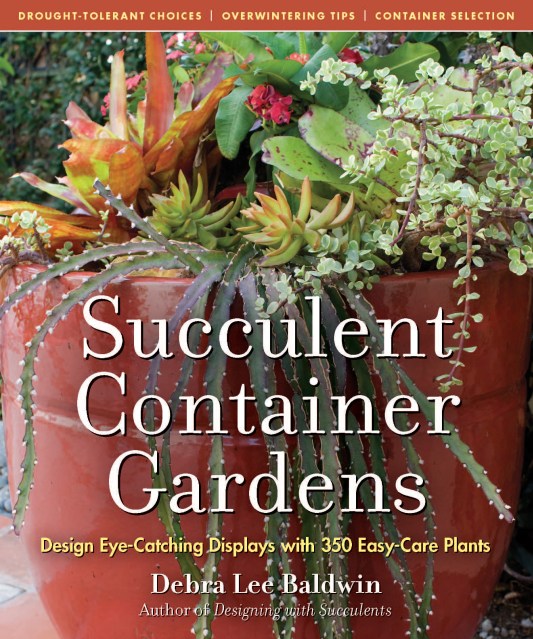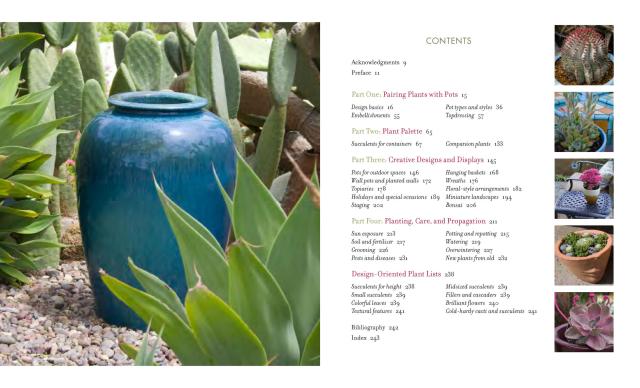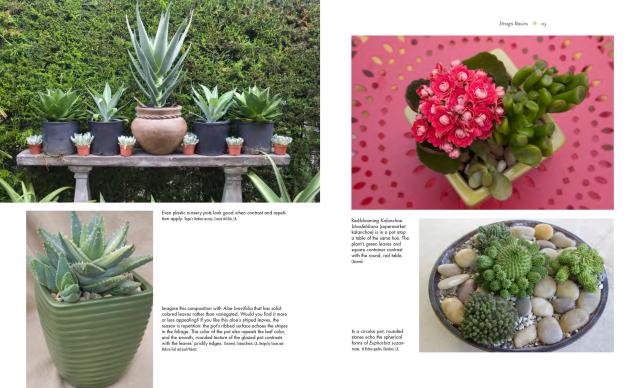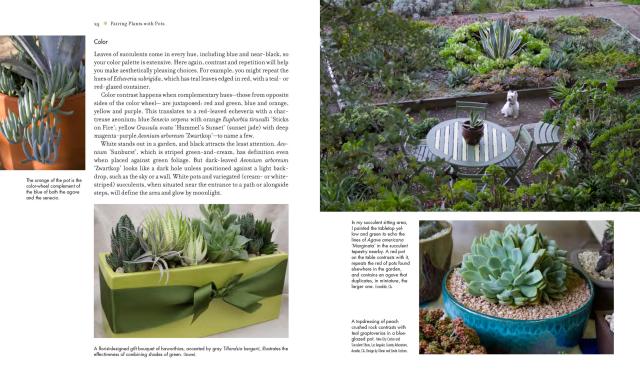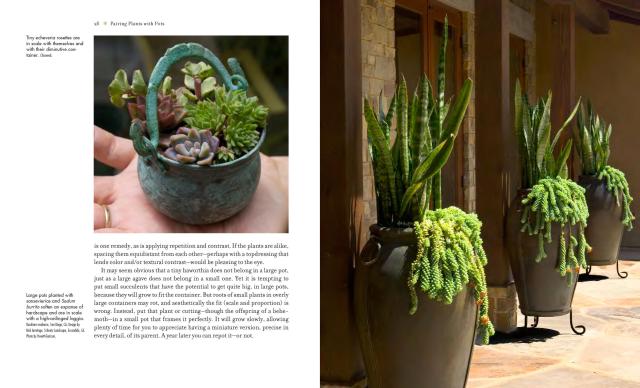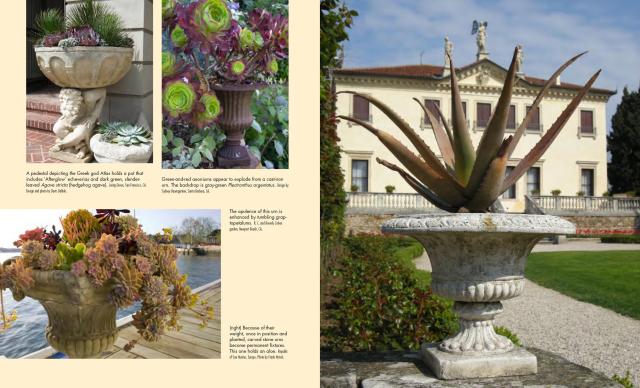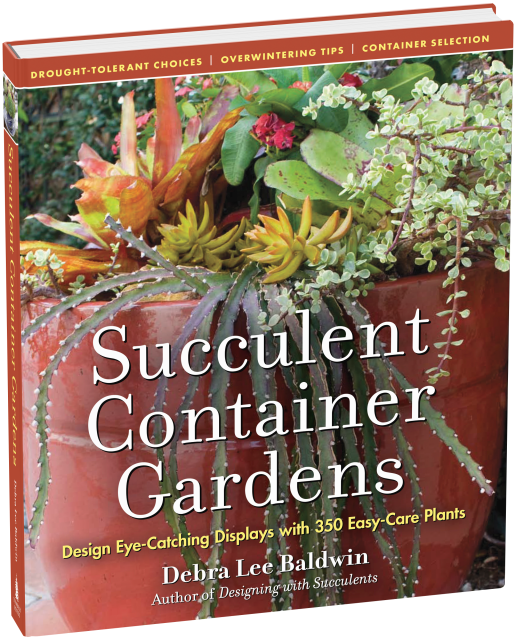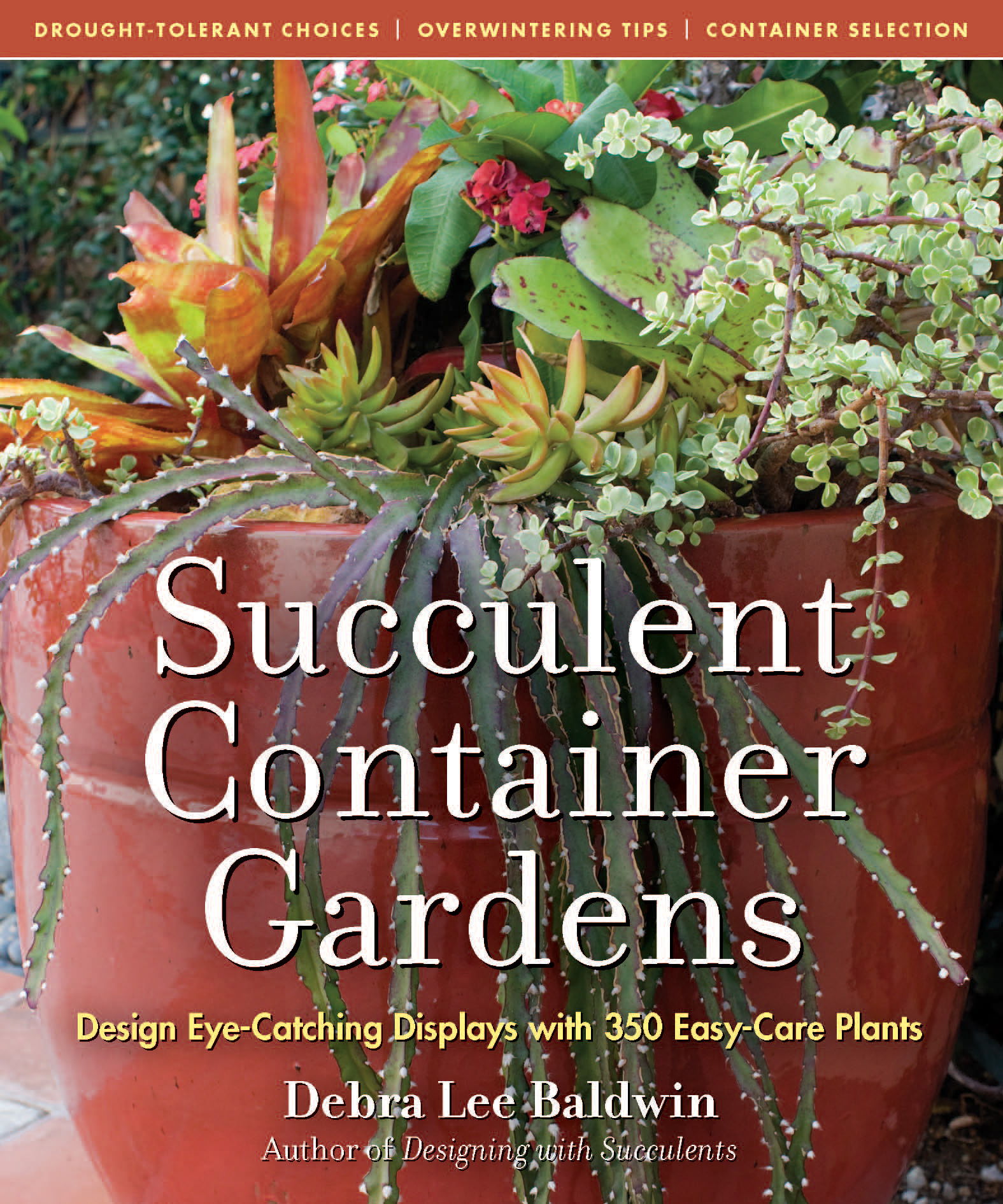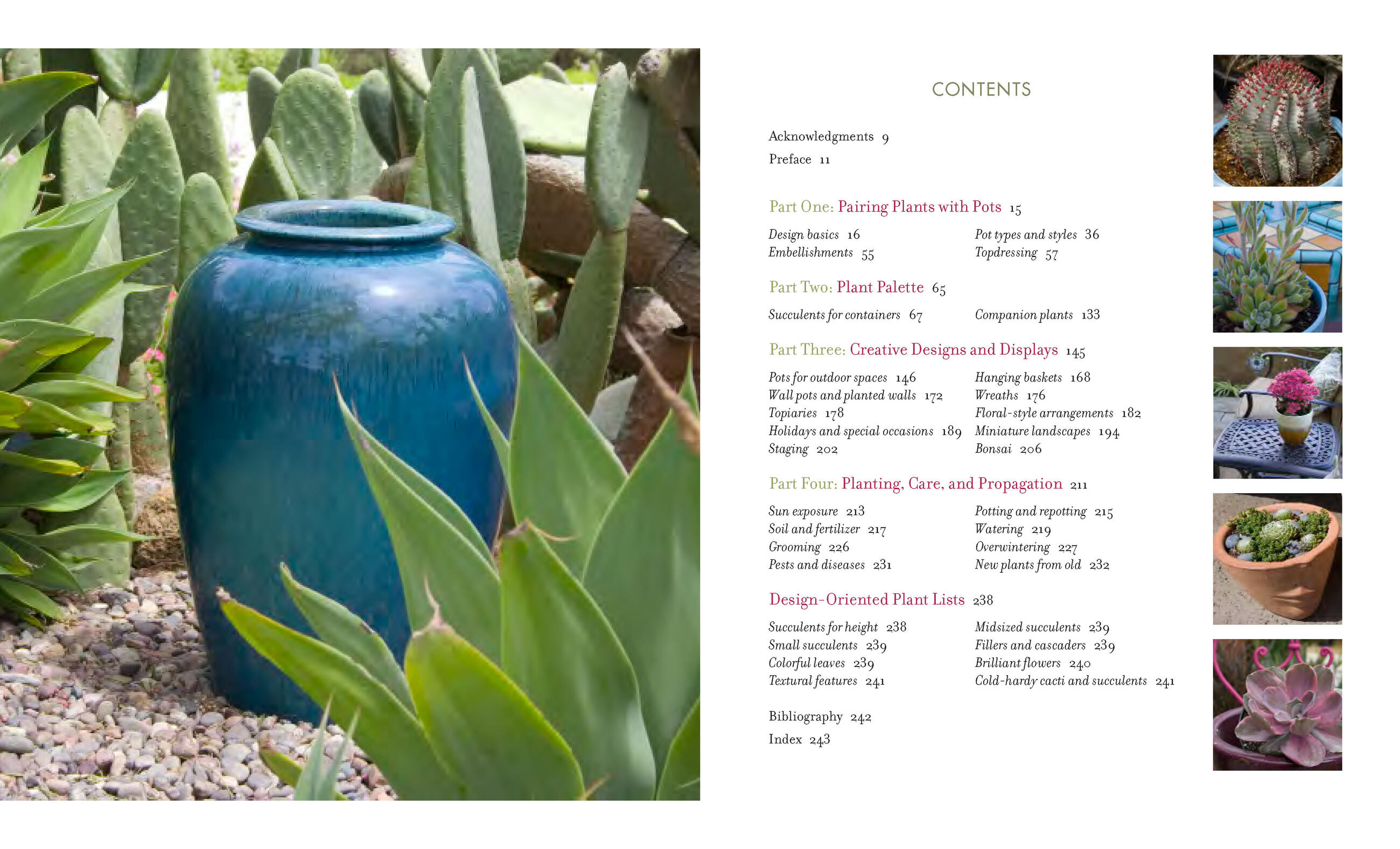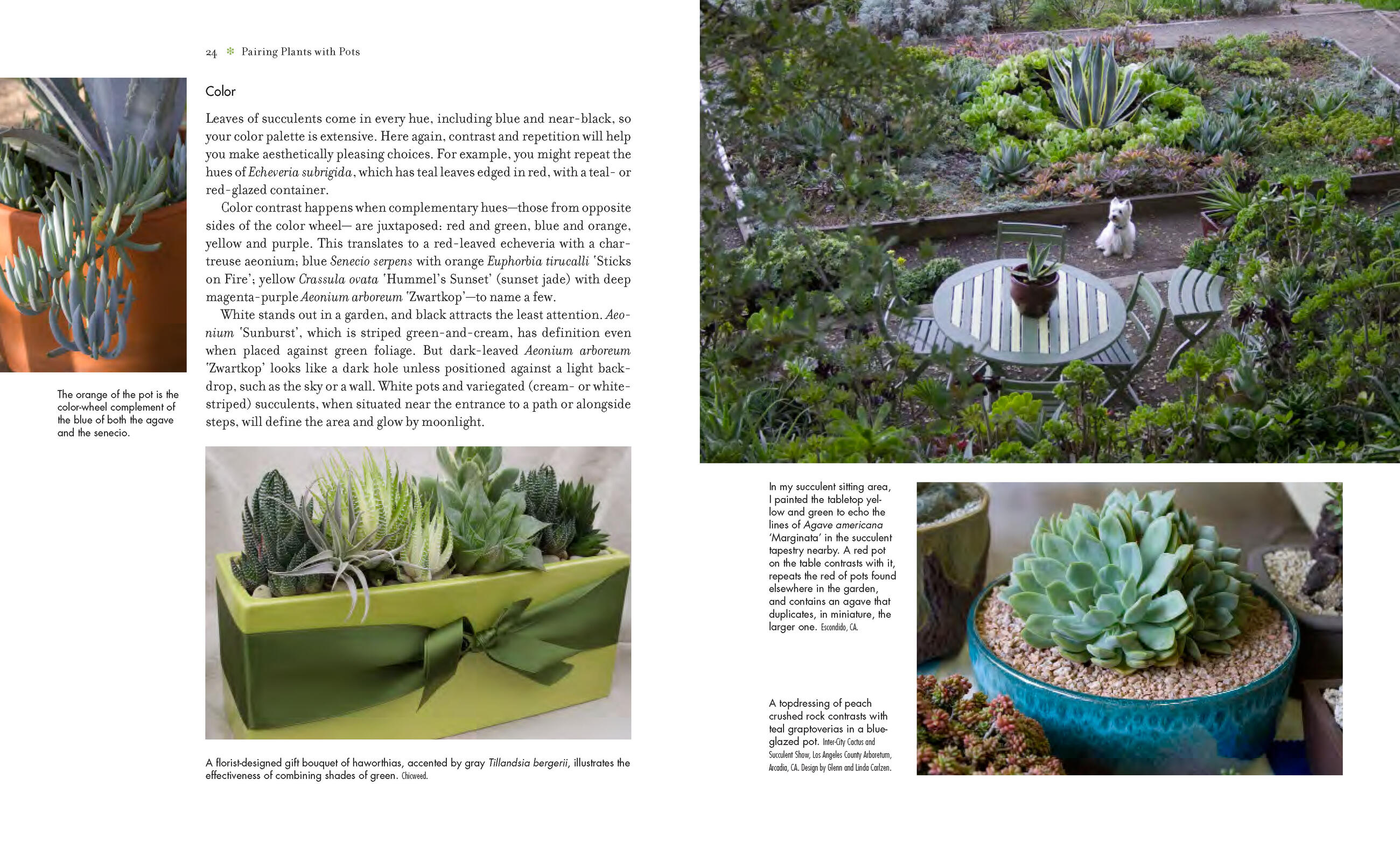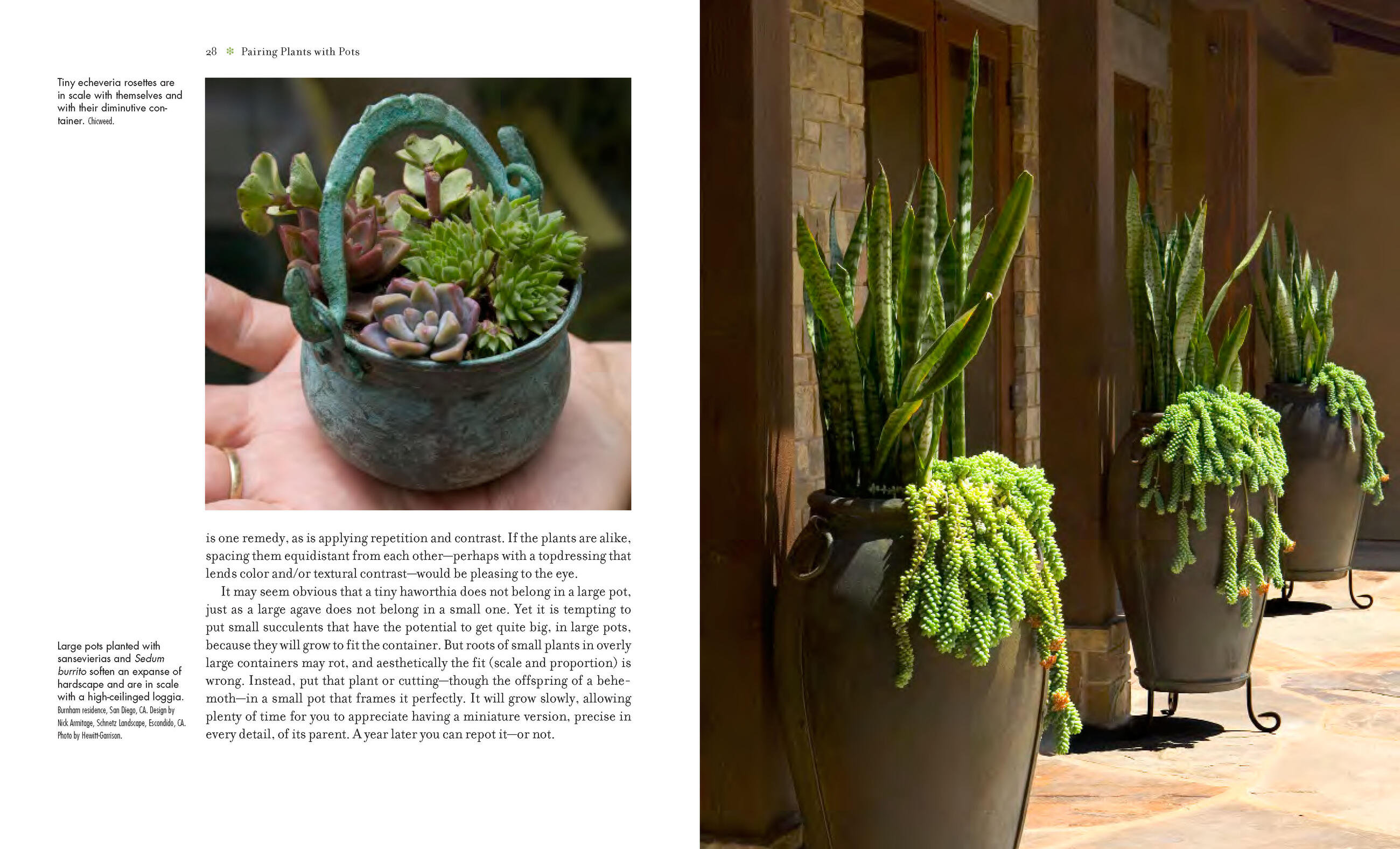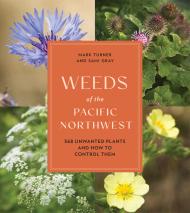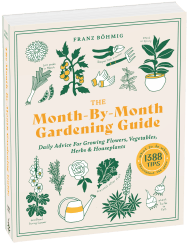Promotion
Use code MOM24 for 20% off site wide + free shipping over $45
Succulent Container Gardens
Design Eye-Catching Displays with 350 Easy-Care Plants
Contributors
Formats and Prices
Price
$29.95Price
$38.95 CADFormat
Format:
- Hardcover $29.95 $38.95 CAD
- ebook $14.99 $19.99 CAD
This item is a preorder. Your payment method will be charged immediately, and the product is expected to ship on or around January 20, 2010. This date is subject to change due to shipping delays beyond our control.
Also available from:
Define your individual style.
With their colorful leaves, sculptural shapes, and simple care, succulents are beautiful yet forgiving plants for pots. If grown in containers, these dry-climate jewels—which include but are not limited to cacti—can be brought indoors in winter and so can thrive anywhere in the world.
In this inspiring compendium, the popular author of Designing with Succulents provides everything beginners and experienced gardeners need to know to create stunning container displays of exceptionally waterwise plants. The extensive palette includes delicate sedums, frilly echeverias, cascading senecios, edgy agaves, and fat-trunked beaucarneas, to name just a few. Easy-to-follow, expert tips explain soil mixes, overwintering, propagation, and more.
With their colorful leaves, sculptural shapes, and simple care, succulents are beautiful yet forgiving plants for pots. If grown in containers, these dry-climate jewels—which include but are not limited to cacti—can be brought indoors in winter and so can thrive anywhere in the world.
In this inspiring compendium, the popular author of Designing with Succulents provides everything beginners and experienced gardeners need to know to create stunning container displays of exceptionally waterwise plants. The extensive palette includes delicate sedums, frilly echeverias, cascading senecios, edgy agaves, and fat-trunked beaucarneas, to name just a few. Easy-to-follow, expert tips explain soil mixes, overwintering, propagation, and more.
Genre:
-
“There is plenty to inspire here, with lots of lovely photographs of plants spilling out of all manner of pots; and Baldwin’s extensive information. . . has the hallmark of personal experience.” —Booklist
“Seeing how gardeners turned birdbaths and tiered water fountains into flowing arrangements of sedum, aeonium, echeveria and crassula struck me as the perfect comeback to those who say succulents are boring.” —Los Angeles Times
“Succulent Container Gardens lives up to all of my hopes and expectations for the book. . . . if you're thinking that 2010 will be the year you give succulents a try, this book will help you create a unique and beautiful pot or two or ten. Not to mention give you enough information to keep your new plants alive for many years to come.” —Gardens Illustrated
“Offers plenty of ideas and inspiring photos to get you started.” —Chicago Sun-Times
“With gorgeous photos on nearly every page, Debra Lee Baldwin’s Succulent Container Gardens celebrates these low-water, easy-care plants and shows endless ways to display them in your garden.” —Sunset
“This isn't just a book of photos. There are plenty of design ideas along with tips for growing these fascinating plants. In addition, you'll find a section on nonsucculent plants that make good companions.” —Garden Gate
“There is plenty to inspire here, with lots of lovely photographs of plants spilling out of all manner of pots; and Baldwin’s extensive information…has the hallmark of personal experience.” —Apartment Therapy
“Baldwin will surely ignite a fire under green thumbs who are already drawn to this realm of intriguingly textural plants…Regardless of skill level, gardeners will draw on Baldwin's expert propagation advice for a cost-cutting way to expand one's garden.” —Omnivoracious
“The information is presented clearly and simply and would be great for a novice but still in depth enough for a semi-seasoned succulent-er.” —Fine Gardening Online
“Planting succulents in containers opens the way for a hobby within a hobby.” —Associated Press
“Considering repetition, color and texture, scale and proportion, in combination with the choice of containers, will enhance the sculptural beauty of the plants. Baldwin showcases classic containers, unusual art pots, and surprising containers—a child's toy fire engine, a rusty flour sifter, or a muffin tin…a useful and encouraging guide for growing succulents.” —Pacific Horticulture
“Baldwin opened the door of possibilities using succulents as fabulous design elements not only in colorful well scaled plant groupings in the landscape but as attractive showcase container plant gardens.” —Press-Telegram
- On Sale
- Jan 20, 2010
- Page Count
- 248 pages
- Publisher
- Timber Press
- ISBN-13
- 9780881929591
Newsletter Signup
By clicking ‘Sign Up,’ I acknowledge that I have read and agree to Hachette Book Group’s Privacy Policy and Terms of Use
